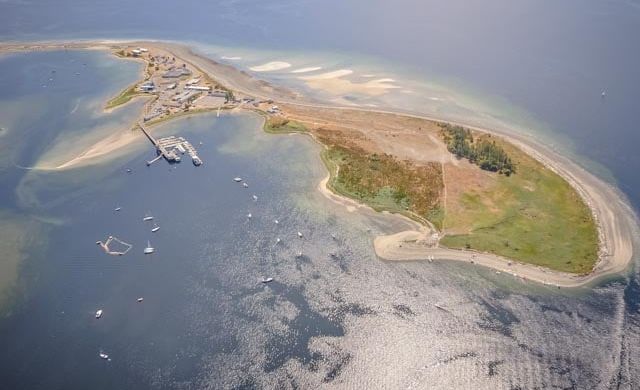Lands
K’ómoks ratified its Land Code in September of 2016 and operates under First Nations Land Management. As a signatory to the First Nations Land Management Act, K’ómoks has opted to take over the management and control of their land and resources, including the protection and management of Reserve land management, thereby removing the land and resource sections of the Indian Act.
The Lands Department is responsible for Land Use Planning and administering the Land Code and related policies, laws and procedures, to regulate the land use of our Reserve Lands.

“As stewards of our lands, resources and the environment around us, we will honor our ancestors by adhering to our cultural laws and values, passed down generation to generation. We will move forward responsibly using accountability, transparency, environmental responsibility and K’ómoks cultures as the cornerstones of our land management practices. With the guidance of the Creator and our membership represented in our Lands Advisory Committee, we will protect our homelands to ensure environmental sustainability and integrity while building sustainable economic development on our lands.”
– Our Lands Mission
Lands Department Resources
Click on the tab on the left to find any Lands related resources you may need.
Can’t find what you’re looking for? Please contact archpermits@komoks.ca.

